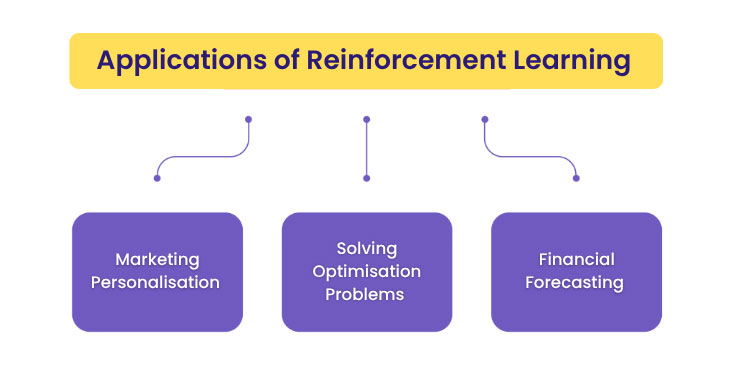Data Analyst vs Business Analyst
If you’re here to read this article, we’re assuming that you’ve already made up your mind to pursue data science as a career. There are multiple job profiles in data profession that you might be aware of. These are data analyst, data engineer, business analyst, data scientist, and BI analyst. In this article, we’re going to discuss the difference between data analyst vs business analyst.
Before discussing about the roles & responsibilities of these two job profiles, let us take you through the few basics of data science field that may help you understand this field in a better manner.
Data Science is not a new term. It has been there for more than 50 years from now. The only difference between the time this term was introduced and now is that now we have abundance of data to work with. Whereas, in the past, say in 1960s or 70s, due to lack of technological innovations and use of computers, we had a limited amount of data to work with and the most tasks were performed manually.
You’re reading the article, Data Analyst vs Business Analyst – 5 Basic Differences
If you want to learn more about the history of data science, you must read our article, History of Data Science: A Glorious Trip Back In Time
If you’re a fresher, student, or a working professional who is browsing through web in search of a data science training program that can help you land a high-paying salary package, you must explore these amazing data science certification programs by Console Flare:
Among all the data science job profiles, data analyst & business analyst are the most popular ones across the companies for freshers & students.
You’re reading the article, Data Analyst vs Business Analyst – 5 Basic Differences
Data Analyst vs Business Analyst
1. Data Analyst: This job profile is one the most beginner level job profiles in the data science field and the skills of a data analyst contain the knowledge of a programming language like Python or R, data analysis libraries like Numpy, Pandas, Matplotlib, and Seaborn. The average salary of a data analyst is around 7 to 12 lacs INR across the companies.
2. Business Analyst: A Business Analyst is the one whose skills include data visualization tools, programming language, data reporting tools like Tableau or Power BI. The average salary for a business analyst is between 6 to 14 lacs INR across domains.
You’re reading the article, Data Analyst vs Business Analyst – 5 Basic Differences
5 Major Differences between a Data Analyst & a Business Analyst
1. Data analyst is a fresher level job profile and requires knowledge of a programming language, whereas a business analyst is an experience professional who doesn’t specifically need the knowledge of a programming language.
2. Data analyst profile is more inclined towards the technical skills like programming language, data analysis libraries, while a business analyst must be good into data visualization tools, and data reporting with the help of BI tools.
3. You can even become a data analyst with technical skills and no domain knowledge, whereas a business analyst must contain a deep domain knowledge of the domain they are working in.
You’re reading the article, Data Analyst vs Business Analyst – 5 Basic Differences
4. The role of a data analyst somehow demands knowledge of statistics and mathematics while a business analyst is a professional who deals with the prototyping.
5. While data analysts import, clean, process, and analyze the data, a business analyst validates & understands the business requirements,perform project management, quality testing, and help clients, customers, and internal teams in making data-driven decisions.
Read our article, 5 Simple Differences Between Data Analyst And Data Scientist.
Hope you liked reading the article, Data Analyst vs Business Analyst – 5 Basic Differences. Please share your thoughts in the comments section below.
For more such industry-related articles, follow our LinkedIn Page.






